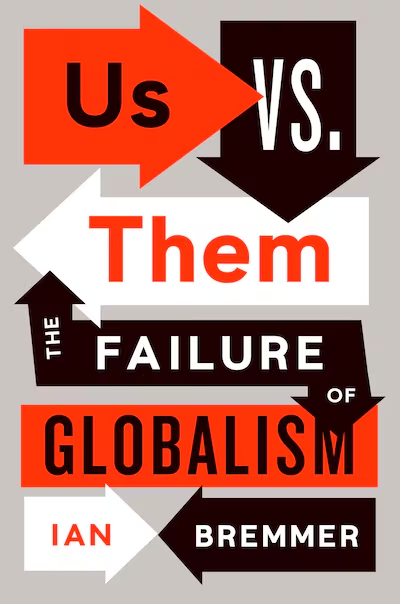
Nearly three decades after the fall of the Berlin Wall, there are now more walls and fences at European borders than at any time during the Cold War. This is not just a European trend. Since the Cold War’s end, more than 40 countries around the world have built barriers against more than 60 of their neighbours.
The Brexit story itself is built on boundaries. “What did Brexit play on?” asked the newly elected pro-EU French president Emmanuel Macron in June 2017. “On workers from Eastern Europe who came to take British jobs. The defenders of the European Union lost because the British lower middle classes said, ‘Stop!’”
It’s also a story of British voters who no longer accept laws and rules made by others. And among the most divisive topics of debate is the future of the frontier that separates the Republic of Ireland from Northern Ireland. On all these questions, the flow of goods, services, people, and money across borders is creating conflict.
Workers everywhere fear lost jobs and wages. Citizens fear that immigrants threaten their work, their benefits, and their personal security. They fear government can no longer protect them. Populist showmen like Donald Trump, Nigel Farage, France’s Marine Le Pen and Hungary’s Viktor Orban ride the wave of resentment with a compelling vision of an “us versus them” world, of the citizen fighting for his rights and protections against those who would steal them. Depending on the country, “them” might mean the very wealthy or the very poor, foreigners or minorities, establishment politicians, bankers, or journalists, or simply members of another political party.
We know that globalisation – the unprecedented flow of ideas, information, people, money, goods and services across borders – has created a great number of winners. According to World Bank statistics, the percentage of the world’s people who live in “extreme poverty” fell from 64 per cent in 1960 to less than 10 per cent in 2015. In 1960, 58 per cent of people around the world were illiterate. In 2014, that number was just 15 per cent.
Access to education and health care has climbed alongside life expectancy, and the biggest developing countries have benefited most. In India, there were 338 million people living on less than one dollar per day in 1990. By 2013, that number had fallen to 218 million. In Brazil, the number fell from 31 million to 10 million, and in Indonesia from 104 million to 25 million. In Russia, the drop was from 3 million to about 40,000 people. In China, the number plummeted from 756 million to just 25 million, a fall of more than 95 per cent. These numbers speak for themselves.
But the storms generated by globalisation’s losers in the US, UK and Europe will soon cross into the developing world. In China, India and across southeast Asia, sub-Saharan Africa and Latin America, we’ve seen a now-familiar pattern of development that begins with large numbers of people living in the countryside. The young begin moving toward cities in search of good wages and new opportunities, and this sudden surge of inexpensive labour attracts manufacturers in countries where workers are more highly paid. Word of new jobs reaches rural areas, and an even bigger wave of young people takes to the road.
Once-poor workers then demand higher wages and better working conditions. Higher pay makes the country less attractive for foreign companies, but those with capable, reform-minded governments can adapt. New technologies – purchased, invented or stolen – allow them more productivity from each worker and more sophisticated, higher-value-added goods and services push wages still higher. A middle class is born.
Yet, the same forces that are altering work patterns in wealthier countries – manufacturers in search of lowest cost labour and resources and workplace innovations in automation and machine learning – will bring this virtuous cycle to an end. The increasing automation of the workplace, advances in machine learning and the broad introduction into the economy of new forms of artificial intelligence will ensure that jobs of the future require new forms of education and training. Those who can pay will be educated. Those with an education will get the best-paying jobs.
Lower growth means less government revenue and, therefore, less money to spend for education and services, for infrastructure, and for all the other things that middle classes expect from government. It’s too soon to know whether the tech revolution will kill more jobs than it creates. But as in the EU, UK and US, we know the new jobs will be very different from the old ones, that education and training for these new forms of work will make new demands on workers, and that some people won’t make the leap from the old world to the new.
Where do all those energetic, ambitious young people go? The youth bulge we see in developing countries like India, Turkey, Egypt and Brazil can move from economic advantage to political threat as their path out of poverty is blocked. If they never join the active workforce, they will never get ahead, and they know their children will fare no better. Those able to keep their jobs may discover they must work for less pay and fewer (if any) benefits.
As with the dark side of globalisation, those who lose will face a dark future, and the angrier they become, the more likely we will see new populists distorting the politics of their countries with promises to protect “us” against “them”.
Ian Bremmer is the president of Eurasia Group and author of Us vs. Them: The Failure of Globalism










